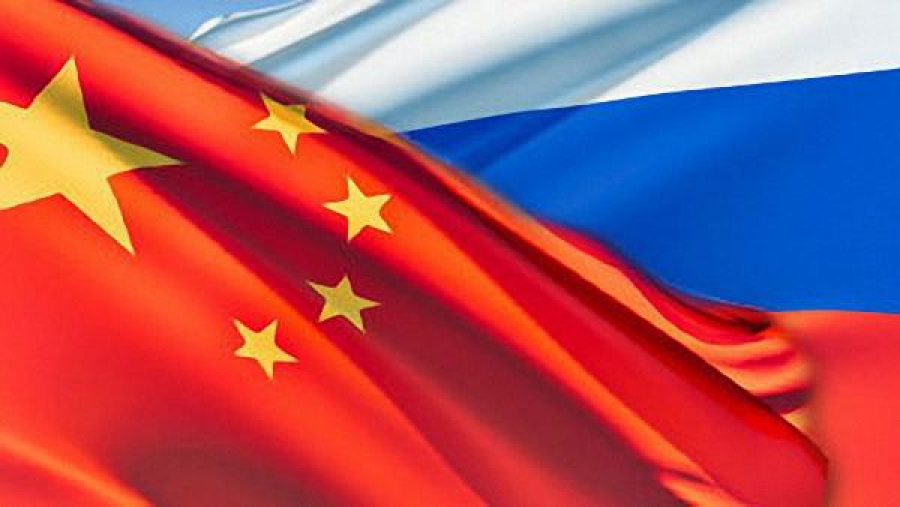The annexation of Crimea to the Russian Federation in 2014 was interpreted by the West, the countries of Europe and the USA as an annexation of the peninsula. Sanctions were imposed on Russia, which hit hard in many areas and sectors of the economy. The subsequent decline in trade with the European Union, its main trading partner, the introduction of a food embargo as a response to anti-Russian sanctions, forced the Russian side to seek new partners and allies.
Then Russia began to actively build trade relations with Asian countries such as Japan, South Korea and, in particular, China. It is the latter that is currently the second largest economy in the world in terms of GDP. Therefore, Russia over the past 4 years has been actively increasing the level of exports to China.
China Economic Development History
Half a century ago, it was impossible to think that the Celestial Empire would enter the TOP-3 of the largest economies in the world. The beginning of its economic growth can be considered 1978, when the country abandons the idea of a closed planned economy and begins the gradual development of the Chinese market. In this regard, the government set the gradual implementation of the following reforms as the main goal: liberalizing prices, providing greater autonomy to state enterprises, supporting private business, strengthening stock markets, improving the investment climate, and agrarian reform.
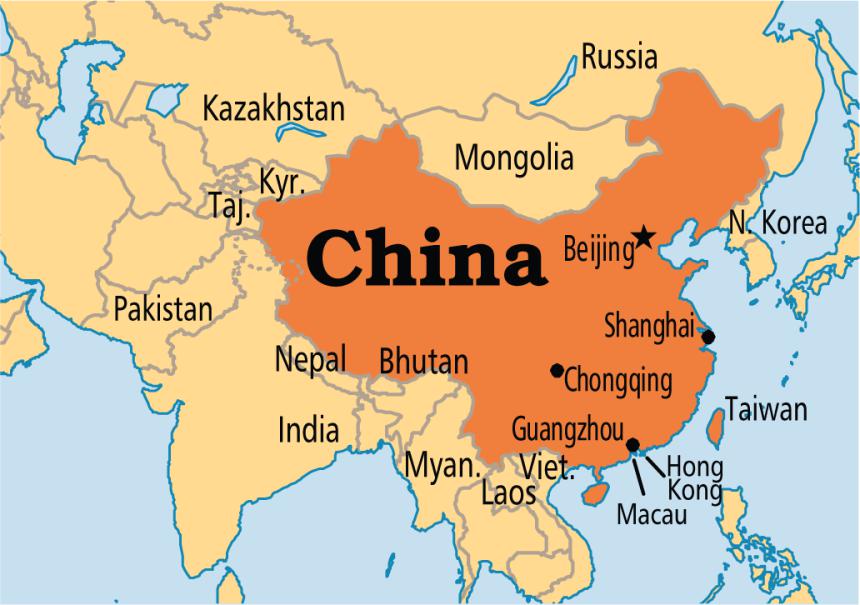
Reforms were carried out in 4 stages, the first lasted from 1978 to 1984. At this time, special emphasis was placed on the development of rural areas. The second stage, which lasted from 1984 to 1991, set the development of urban zones as the main goal. The changes began to concern the social sphere, science and industry. The third stage (1992 - 2002) is characterized by the formation of a fundamentally new economic system, the creation of a state macroregulation system. In 2001, the country joined the WTO. At the same time, GDP is growing at a rate of 14.2% per year. Since 2003, the 4th and fourth stage of development of the Chinese economy has been going on, aimed at strengthening the market and supporting entrepreneurship and a favorable investment climate.
The modern economy of China
The result of the economic reforms was an increase in 2010 of the level of GDP by 10 times. At the moment, China is the 2nd largest economy in the world after the United States in terms of GDP: the total price of goods and services produced in 2017 amounted to $ 11.8 trillion. For comparison: Russia's GDP in 2017 was only $ 1.6 trillion.
China is the world's largest export country. Its GDP growth is 6-7% annually. In 2016, China exported nearly 2.5 trillion worth of goods to 182 countries. dollars. The level of export to China of foreign products has settled at $ 1.2 trillion. The largest trading partners are the USA, Japan, South Korea and Germany.
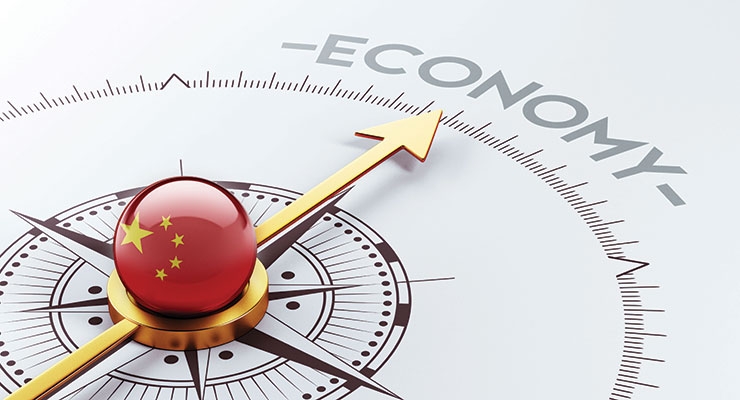
Now China is the world's largest manufacturer of textile, industrial products (coke, various metals), automobiles and digital electronics. It is a leader in the extraction of rare earth metals, coal, wood and many ores. There is the largest number of cattle and poultry.
History of trade relations between Russia and China
Official trade cooperation between the two countries began back in 1698, when a trade caravan was sent from Moscow. Until 1920, economic cooperation between countries was quite dense. So, in 1902, the Russian share of investment in the Chinese economy was 30%.With the formation of the USSR, relations expanded and consolidated, as two countries vitally needed a trade partnership during this period of time. An Ili agreement was concluded, according to which a Soviet trade agency was founded in China.
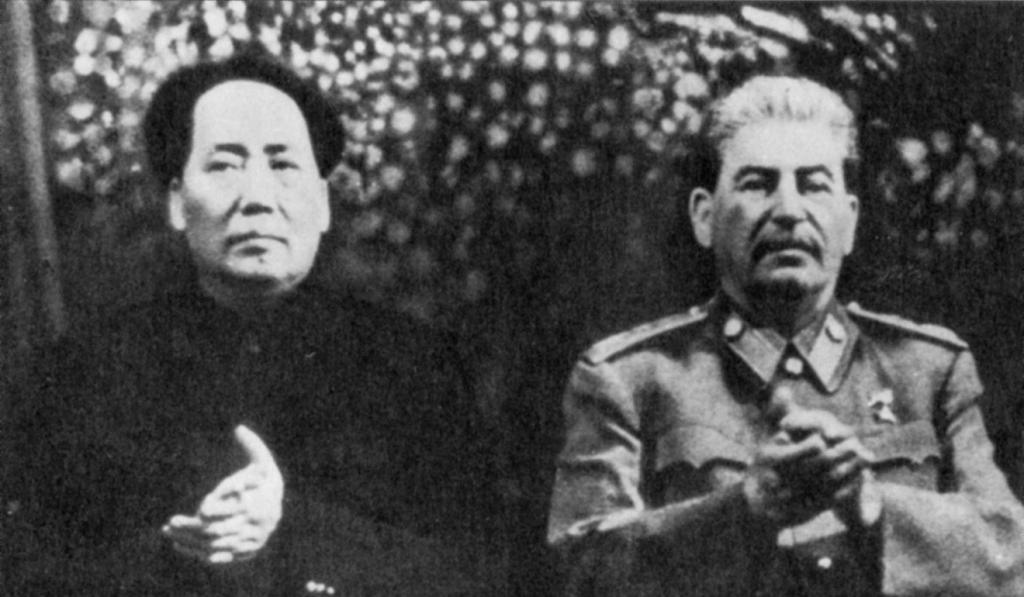
From 1920 to 1935, the USSR was the main trading partner of China. This is due to the CER, which was owned by two countries, and where many Soviet citizens worked. For the most part, the Soviet Union exported oil products, textile products, cast iron and iron products, and household appliances to China. Thus, the level of export of goods to China in 1990 amounted to $ 5.4 billion, which is almost 4% of the total foreign trade of the Land of the Rising Sun.
The development of relations in 2004-2014
By 2004, the structure of Russia's exports to China has changed significantly. The supply of ferrous metals: iron and alloys based on it decreased (from 41% to 12%). There was a reduction in machinery and equipment supplied to China - from 35% to 5%. However, the supply of wood (from 1% to 12%), oil products and mineral fuels (from 4% to 35%) increased significantly. In total, in 2004, trade between the two countries amounted to more than 21 billion dollars.
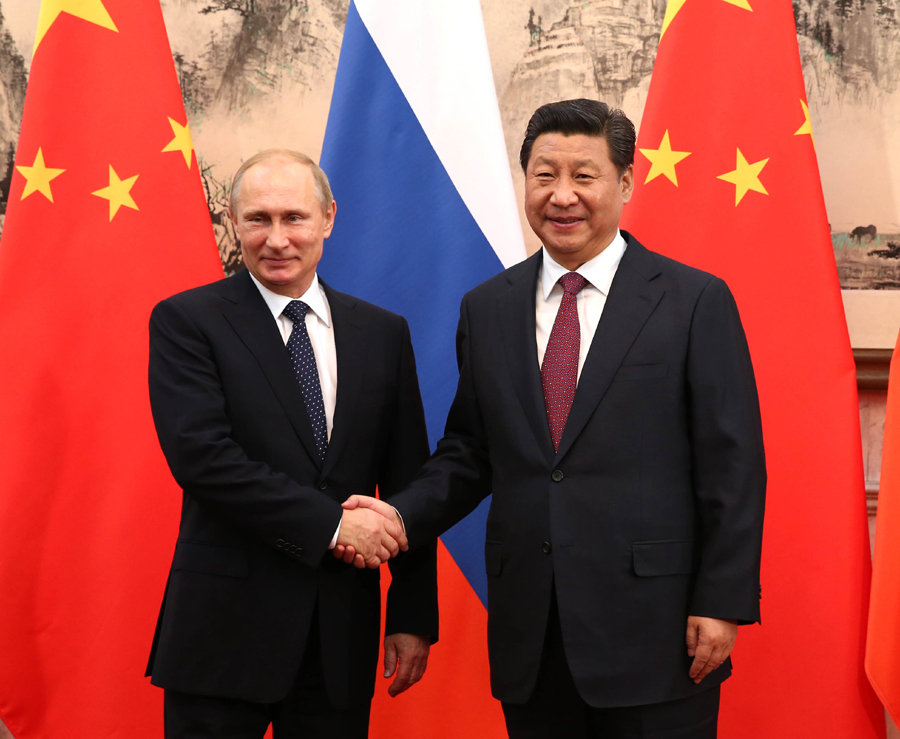
For 8 years, by 2012, China's share in Russian exports increased from 5.6% to 6.8%. For the most part, the Chinese side purchased petroleum products and mineral fuel, they accounted for 68% of all Russian exports. Thus, Russian exports to China provided the country with oil products by 20%, and crude oil - by 9%. 24 million tons of oil and 19 million tons of coal were delivered there. Wood and ore raw materials were also purchased, at 7 and 5%, respectively. Non-ferrous metals (4%) and chemical products (4%) were in lesser demand. In 2014, the volume of trade between Russia and China reached $ 88 billion.
Modern trade relations
According to 2017 data, China is one of Russia's most important trading partners. It accounts for 11% of all Russian exports (% more than in 2016), which amounted to almost $ 39 billion. In the list of countries to which Russian goods are exported, China ranks first. It was he who accounted for half of all Russian exports to countries belonging to the APEC organization.
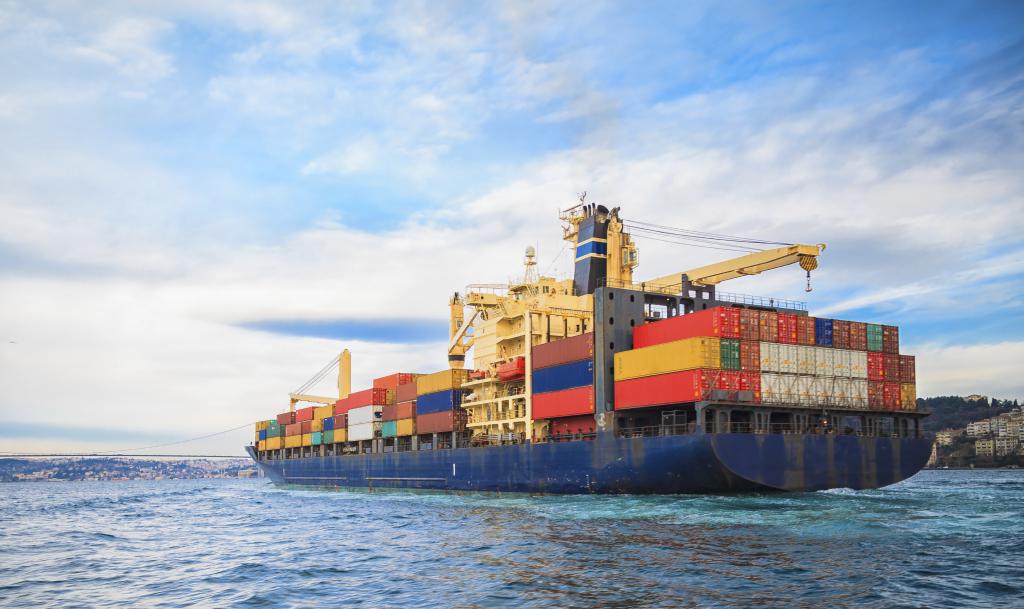
In total, from 2016 to 2017, Russia sold $ 38 billion worth of products to its Chinese partner. 68% of all exports to China from Russia took, as usual, petroleum products and mineral fuels. The largest growth for the year occurred in the following categories: metal products (from $ 12 million to $ 116 million); machinery and equipment (from 78 million to 201 million dollars); various industrial goods (from 245 thousand to 2 million dollars).
Features of Russian-Chinese cooperation
The key category of Russian exports to China, as already mentioned, is mineral fuel and petroleum products. China, due to the rapidly developing industry, needs a large amount of raw materials, so it actively purchases coal, ore, sulfur, and various metals. In addition to raw materials, China buys defense products: combat aircraft and helicopters, ships.
Two countries have recently been actively building up cooperation in implementing various projects. At the moment there are more than a hundred, they will be implemented on Russian territory. Their main task is to establish cooperation in the production of furniture, electronics, machinery and equipment, as well as manufacturing products. Russian-Chinese cooperation will also be strengthened in the medical industry, genetic engineering and innovation, trade logistics.
What products are most in demand in China?
In addition to mineral products, machinery and equipment, metal products, China is actively purchasing other products from various industries:
- Wood and linen. Forest exports to China began decades ago. As of 2017, Russia sold $ 3.3 billion worth of wood to its Chinese partner.For the most part, this is a coniferous tree that grows in Siberia. Flax demand is also growing in China. He is involved mainly in the textile and paper industries.

- Copper and SBS Bitumen. Since 2014, Russia has seen a downward trend in copper demand. At the same time, the material is extremely popular abroad, especially in China. SBS-bitumen is also in demand, as it is very flexible and ideal for construction work.
- Cereals and flour. Of grain, wheat and barley are actively purchased, prices for which in China are much higher than Russian ones. But the Chinese market needs flour, since the food enterprises themselves are not able to fully satisfy the growing needs of the people of China in this product.
TOP 3 promising export products
China is an ever-developing country in which change is always taking place. Especially in the consumer sector, new trends can do a good job for foreign exporters:
- Alcohol. There are many national strong drinks in China, their list is also expanding under the influence of foreign culture. Now the Chinese are trying to try new drinks, which is facilitated by the widespread opening of foreign bars, cafes and restaurants in the country.
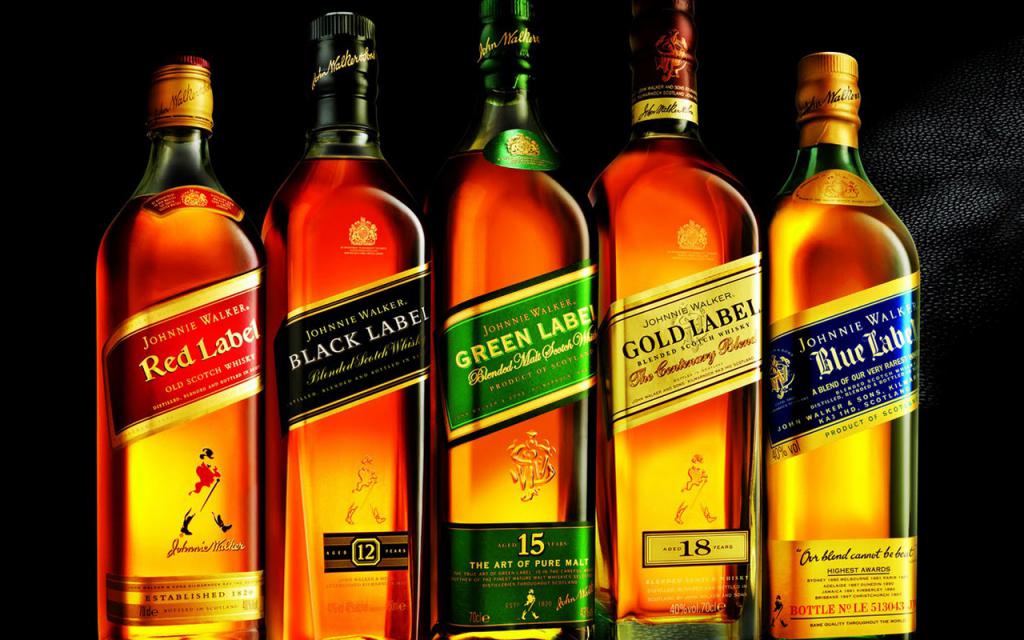
- Confectionery and honey. Demand for chocolate is growing all over the world - at 2% annually. In China, similar trends are observed, since in this country love chocolate products and sweets. Honey is valued not only as a food product, but also as a medicine. In particular, bee venom.
- Jewelry. With the growth of the economy, the well-being of the Chinese is growing. In this regard, every year in China, the demand for luxury goods is increasing. These include: jewelry, gems, exclusive art. In general, everything that can tell other people about the wealth and wealth of the owner. Currently, exclusive Russian goods in China occupy a small share in the luxury goods category due to high competition.
General conclusion
The trade partnership of the two countries began in the XVII century. Since then, it has been actively developing: under the Russian Empire, and during the USSR, and under the Russian Federation. The main article of Russian exports at the moment is oil products and mineral fuels. Chinese industry and the economy especially need raw materials for their development. Therefore, almost 70% of all that Russia exports to China are precisely mineral resources.
In addition to them, in China, Russian wood, building materials, and food industry products (grain, flour, honey, confectionery, etc.) are in special demand. In the future, export items such as alcoholic beverages, signs of luxury, and some food products may be developed.
